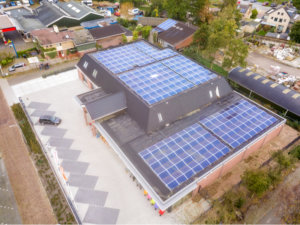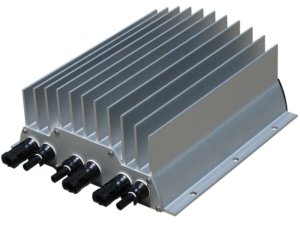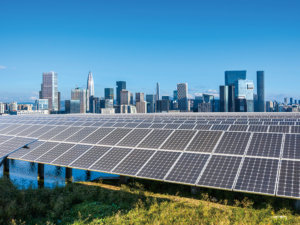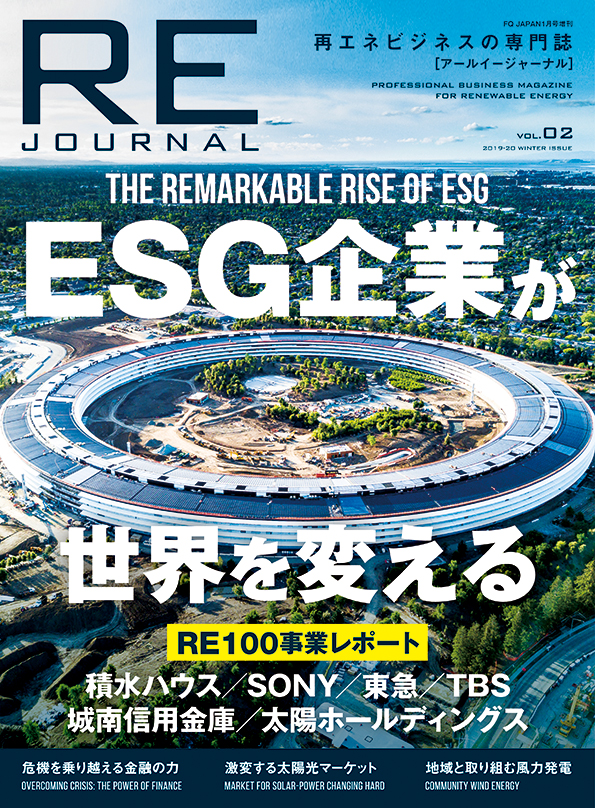日本の太陽光事業を健全化する「アセットマネジメントガイドライン」とは?
2020/11/06

太陽光発電を長期運営する上で、様々な課題に直面している。そこで検討されているのが「アセットマネジメントガイドライン」だ。太陽光発電のO&Mを手掛ける、株式会社CO2Oの酒井正行社長に、策定の背景について聞いた。
ガイドラインを一気通貫し
バトンタッチをスムーズに
我々は今、太陽光発電の「アセットマネジメントガイドライン」の策定に取り組んでいます。これは簡単に言えば、太陽光発電所の計画、設計、施工、保守など、バラバラに策定されたガイドラインを一気通貫でカバーした、新しい太陽光発電の運営ガイドラインです。
これまで、ガイドラインの浸透度が低かったのに加えて、それぞれの工程で次の作業に移るためのバトンタッチがうまくいっていなかったという問題がありました。また、太陽光発電の普及に重点が置かれていたため、ガイドラインに強い規制が盛り込めていなかったり、将来使わなくなったパネルの廃棄問題が含まれていなかったりするなど、たくさん課題があったのです。
こうした背景から、長年、太陽光発電事業に関わってきた我々だからこそできることを考えました。
すべての太陽光発電所の工程に、一貫したガイドラインを策定することで、事業者に長期にわたって健全な発電所運営をしてほしい。そんな思いを具体化したのが、「アセットマネジメントガイドライン」なのです。
協会設立で専門家が結集
リスクはO&Mで制御可能
アセットマネジメントガイドライン策定にあたり、当社が事務局を務める「日本アセットマネジメント協会」で活動を始めました。ここには資産の評価機関、金融機関、上場インフラファンドなど様々な専門家が加盟しており、まず特別高圧向けのガイドライン策定に向け、議論を交わしています。
2012年以降に太陽光発電は急速に普及しましたが、それはFITに下支えされていたため、投資収益物件としての色合いが強すぎました。このままでは継続性が低く、長期安定電源化という目標は達成できません。そのため、アセットマネジメントガイドラインは、特に個人事業主(個人投資家)に使っていただけるものを目指しています。
というのも、彼らの物件でトラブルが多いからでもあります。例えば、当社は太陽光発電の修復にも携わっていますが、大雨が降る度に土砂崩れしてしまうケースが後を絶ちません。そういう不安定な地盤には、あらかじめ排水ボーリングで予防措置を取ることができます。
問題が起これば、結果的に運用コストが増大してしまいます。しかし、予算内で事前対策すれば、残存リスクは制御可能なのです。
リスクはO&Mで下げられます。そのコストパフォーマンスを可視化し検討する材料としても、アセットマネジメントガイドラインは活用できます。
リスクだけが抜け落ちていた
ベストプラクティスを目指す
太陽光発電のアセットマネジメントという考え方は、ヨーロッパ諸国を中心に発達していますが、日本はまだまだです。どんなシステム運用も、パフォーマンス、コスト、リスクの最適化が付きまといます。太陽光発電に関しては、リスクだけがすっぽり抜けていました。当社はリスクマネジメントこそが最重要課題だと、ずっと訴えてきました。
もちろん、発電事業者といっても大企業から個人事業主まで幅広く、ガイドラインのベストプラクティスを構築するのは困難です。それを可能にする国際規範としてISOがありますが、今後はアセットマネジメントガイドラインが日本の太陽光発電運営のベストプラクティスとなり、長期安定電源化を支えてほしいと思います。
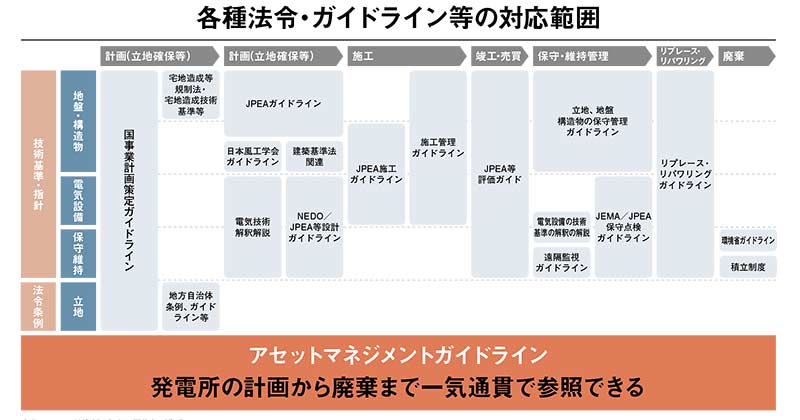
出典:CO2O 社資料を参考に編集部が作成
What are the Asset Management Guidelines for restoring solar power in japan?
The long-term operation of solar power presents many challenges. That is why Asset Management Guidelines are currently being contrived. We asked Masayuki Sakai, who is president of CO2O and works in the O & M of solar power generation, to tell us about the formulation of these guidelines.
Text: Kosuke Oneda
CO2O
CEO&Founder
Masayuki Sakai
Comprehensive guidelines for smooth handovers
We are now working on the formulation of Asset Management Guidelines for solar power. Simply put, these are new management guidelines for solar power generation that comprehensively cover all of the solar power plant planning, design, construction and maintenance guidelines which had previously been formulated separately,. Until now, not only had the guidelines had low transparency, the poorhandover of operations within each process had also proved problematic. Furthermore, because emphasis was placed on the proliferation of solar power, the guidelines were fraught with problems such as the lack of solid regulations, and the lack of forethought on the future disposal of old solar panels. Against this backdrop, we have spent many years considering what we can do as agents of the solar power industry. Our aspiration is to have business operators manage sound power plants over a long period of time by establishing comprehensive guidelines for all solar power plant processes. Asset Management Guidelines are a manifestation of those objectives.
Establishment of an association will mobilize specialists, While O & M can control risks
In formulating asset management guidelines, we initiated efforts at the Japan Asset Management Association where we act as secretariat. Asset valuation agencies, financial institutions, listed infrastructure funds and various other such experts are members of the association, and their first topic currently under discussion is the formulation of extra high voltage guidelines. After 2012, solar power generators had proliferated, but because they were supported by FIT, they were predominately seen as investment properties. Under such a light, continuity was unlikely, and the goal of longterm stable power supplies was unachievable. That is why another aim is to have private business owners (private investors) in particular utilize Asset Management Guidelines. One reason for that is that issues often arise on their properties. For example, part of our business is the restoration of solar power plants, and we see an endless number of cases where landslides occur every time it rains. With ground that is that unstable, drainage boring is an option as a precautionary measure. When problem arise, they result in increased operational costs. However, precautionary measures within budget can facilitate the control of residual risks. Risks can be mitigated with O & M. Asset Management Guidelines can be used as data for visualizing and considering cost performance, as well.
Seeking best practices where solely risks had been overlooked
Solar asset management is a concept that, although fostering in predominantly in European countries, has yet to so in Japan. Performance, cost, and risk optimization are all factors are part and parcel of any system of operation. In the case of solar power, risk was the only thing that was completely overlooked. Risk management is of paramount importance and continued to draw attention to it. There is no question that it is difficult to establish guidelines for the best practices, given that power companies range widely from large corporations to private business owners. Although the international standards of the ISO could be implemented, moving forward, we would like Asset Management Guidelines to become the best practice for Japan’s solar power management, and to lay the foundation for stable power generation for the long-term.
PROFILE
株式会社CO2O 代表取締役
酒井正行氏
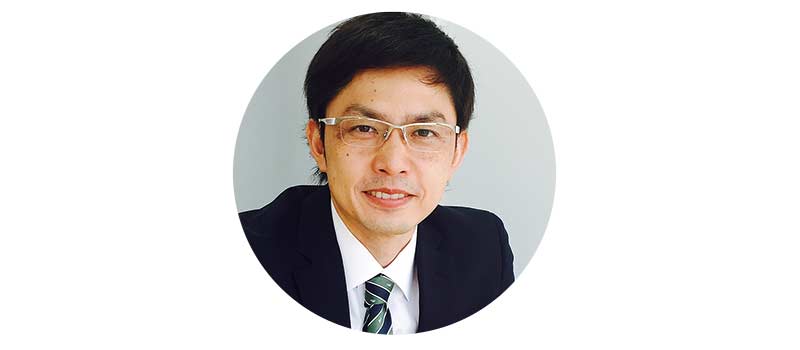
取材・文/大根田康介
RE JOURNAL vol.2(2019-20年冬号)より転載






